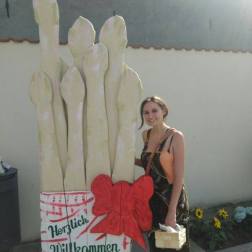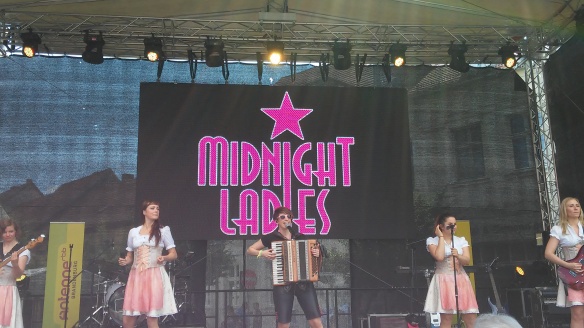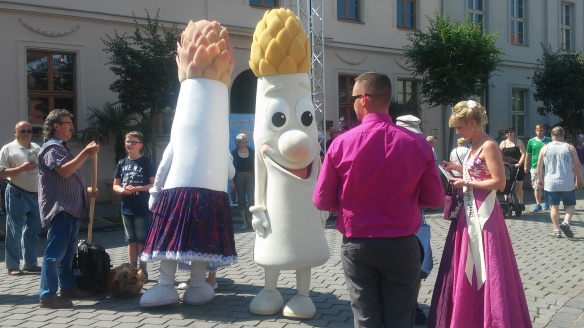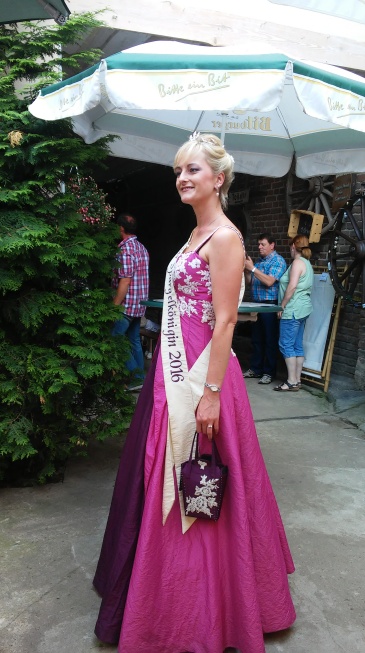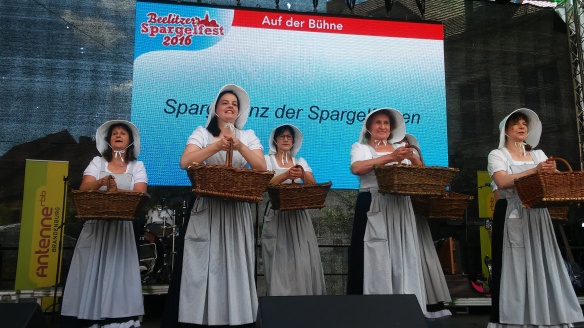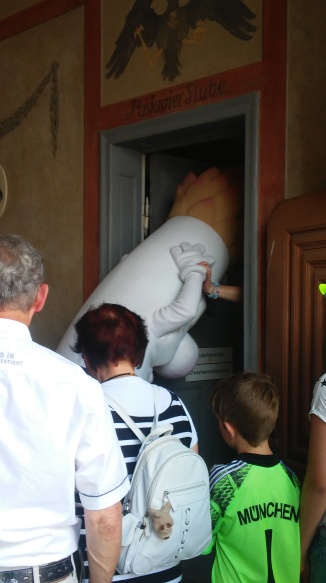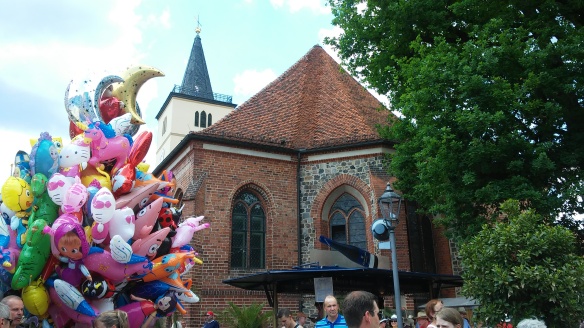- Mere exposure effect
– The more familiar you are with something, the more you prefer it. In other words, familiarity breeds content.
Trump started off as a joke candidate whose only redeeming feature was his entertainment value. In the months that followed, he was all the media talked about. Now he could become the next president.
- Fundamental Attribution Error
– Failing to distinguish between situational and intrinsic causes.
Trump thinks being Muslim or Mexican makes you intrinsically dangerous. So he wants to ban immigration and build a wall. Other people believe lax gun laws, poverty and lack of opportunity create dangerous environments.
- Cognitive Dissonance
– The tension you experience when you hold two conflicting opinions – or fail to act in line with your attitudes.
The Republican Party wants to appear unified. On the other hand, it’s keen not to go down in history as rallying behind a sociopathic, racist, misogynistic, egomaniac reality television star who unleashed a nuclear war. Otherwise known as: stuck between a rock and a hard place.
- Reciprocity norm
– the assumption that you get back what you give
Ben Carson, the former neurosurgeon who tried and failed to become the Republican presidential candidate, is now one of Trump’s most vocal supporters. This is despite the fact that Trump compared him to a child molester. Carson is, presumably, working on the assumption that his support now will earn him a privileged position in a future Trump administration.
- Just-world phenomenon
– believing that the world is fair and that people get what they deserve. Sometimes related to the fundamental attribution error.
Trump once boasted that he had created a real estate empire after receiving a “small loan” of a million dollars from his father. Rather than recognising the enormous privilege he was born into, he implied that his fortune was self-made. Those who didn’t get such a loan probably didn’t deserve one. In other words: the fallacy of the American dream.

